- HOME
- ALL ARTICLES
- Final Unconditional Lien Waiver Form
#4 Unconditional Final Lien Waiver Form
What You MUST Know Before Signing
By Diane Dennis
URGENT NOTE
Do NOT sign an unconditional lien waiver form before reading this article. Failing to understand the potential consequences of making a mistake or signing too early could cost you dearly.
Of the four lien waiver release forms that exist in the 'series' this form, the #4 Unconditional Lien Waiver and Release Upon Final Payment form, is the most serious of them all. This form can cost you everything if you don't make absolutely certain that you process it correctly, as well as provide accurate information on the form.
As per California Civil Code Section 8138, when you sign the #4 Unconditional Lien Waiver Release form, you are giving up 100% of your lien rights on the project. This same civil code section governs the verbiage of the form so make sure the form you're using has the correct language.
Because of the verbiage required by the law if you issue this form too soon or with mistakes you could lose out on payment as well as any right to file a mechanic's lien.
It's a binding document, make sure it's accurate!
Get the applicable lien waiver form for your state here
Exercise due diligence before signing.
 Use Caution When Signing an Unconditional Lien Waiver Form
Use Caution When Signing an Unconditional Lien Waiver FormReady to Sign an Unconditional Lien Waiver Form?
The #4 Unconditional Lien Waiver Form is the last waiver release form you'll use on a project.
You might find that your customer insists that you give him a #4 before they'll issue your final payment to you.
DON'T DO IT!
Ca. Civil Code 8138 Requires the Following Legal Text
This document waives and releases lien, stop payment notice, and payment bond rights the claimant has for all labor and service provided, and equipment and material delivered, to the customer on this job. Rights based upon labor or service provided, or equipment or material delivered, pursuant to a written change order that has been fully executed by the parties prior to the date that this document is signed by the claimant, are waived and released by this document, unless listed as an exception below.
Source: CA Legislative Info
Not until you've been paid in full and the payment has cleared the issuing bank, then and only then will you issue the #4 Unconditional Lien Waiver and Release form Upon Final Payment.
Suppose you pick up a check and your customer asks you to sign a #4 release form. You do so and head off on your merry way with your payment, depositing it at the bank on your back to the office. Imagine your surprise when in a couple days the balance in your bank account suddenly drops - in the exact amount of that check from your customer.
Whether the customer's check bounced or the customer placed a stop payment on the check or whatever happened, your money is gone ... and so are your lien rights.
If you issued that #4 before the payment cleared your customer's bank account, and the payment bounces or he puts a hold on the check etc., you won't get your lien rights back; unconditional means unconditional - there are no exceptions such as "his payment bounced" or "he put a stop on the check".
No matter, the fact remains that you released 100% of your mechanic's lien rights without full payment on the project.
Sure you can sue your customer but even when you win the judge isn't going to reach into your customer's pocket and pull that money out for you. *You* are still on the hook for collecting the funds.
But now it's without a mechanic's lien!
Avoid all that hassle and just don't issue the #4 until that payment has cleared your customer's account.
I typically take a picture of the check (or scan it, make a copy, etc.) and then a few days after I deposit it I call the contractor's bank to find out if the check has cleared his account or not. By having the picture/copy/etc. of the check you'll be able to provide all of the information that the bank rep needs in order to provide you with the information.
If the bank tells me yes then I go ahead and issue the #4. If the bank says no then I go into hold mode (not without a bit of panic mind you - release or no release I need my payment).
Sometimes the customer's bank refuses to provide the information citing privacy concerns. All you can do then is wait until the funds are in your account. If your customer complains just be honest and tell him that the delay is due to his bank's policies.
If you have questions about this, please contact a construction attorney before issuing a #4 Unconditional Lien Waiver and Release Upon Final Payment form to your customer.
Get the applicable lien waiver form for your state here
Lien Waiver Form 'Nicknames' Background and Explanation
Before the law changed in 2012 the California civil code numbers that dictated the lien waiver release forms were 3262(d)(1), 3262(d)(2), 3262(d)(3), and 3262(d)(4). The laws were written in the order that the forms are generally used and so somewhere along the line someone 'nicknamed' them "release #1", "release #2", "release #3", and "release #4".

With the title of the forms being as long as they are it's no surprise that someone came up with an easier way to refer to them!
When the law changed in 2012 the code numbers changed as well. They became 8132, 8134, 8136, and 8138. Although the civil code numbers no longer match the 'nicknames' of the forms - #1, #2, #3, and #4 - my guess is that the nicknames will stick if for no other reason than it's much easier to refer to the forms in that manner (especially since it also refers to the order in which the forms are generally used).
Customer Feedback
"What a wonderful service you provide. I thank you for your courtesy and promptness." ~ Stephen Wolff
"I have added InformedContractors to my favorites. I will continue to use them. They have been the biggest help to me!" ~ Tracy Tolmich
"What a wonderfully pleasant surprise to see someone actually take the time to respond to e-mail questions. Living in L.A. people like you are a rarity! Thank you again for your prompt e-mail!" ~ Lisa
This article is written by Diane Dennis, webmistress of www.InformedContractors.com.
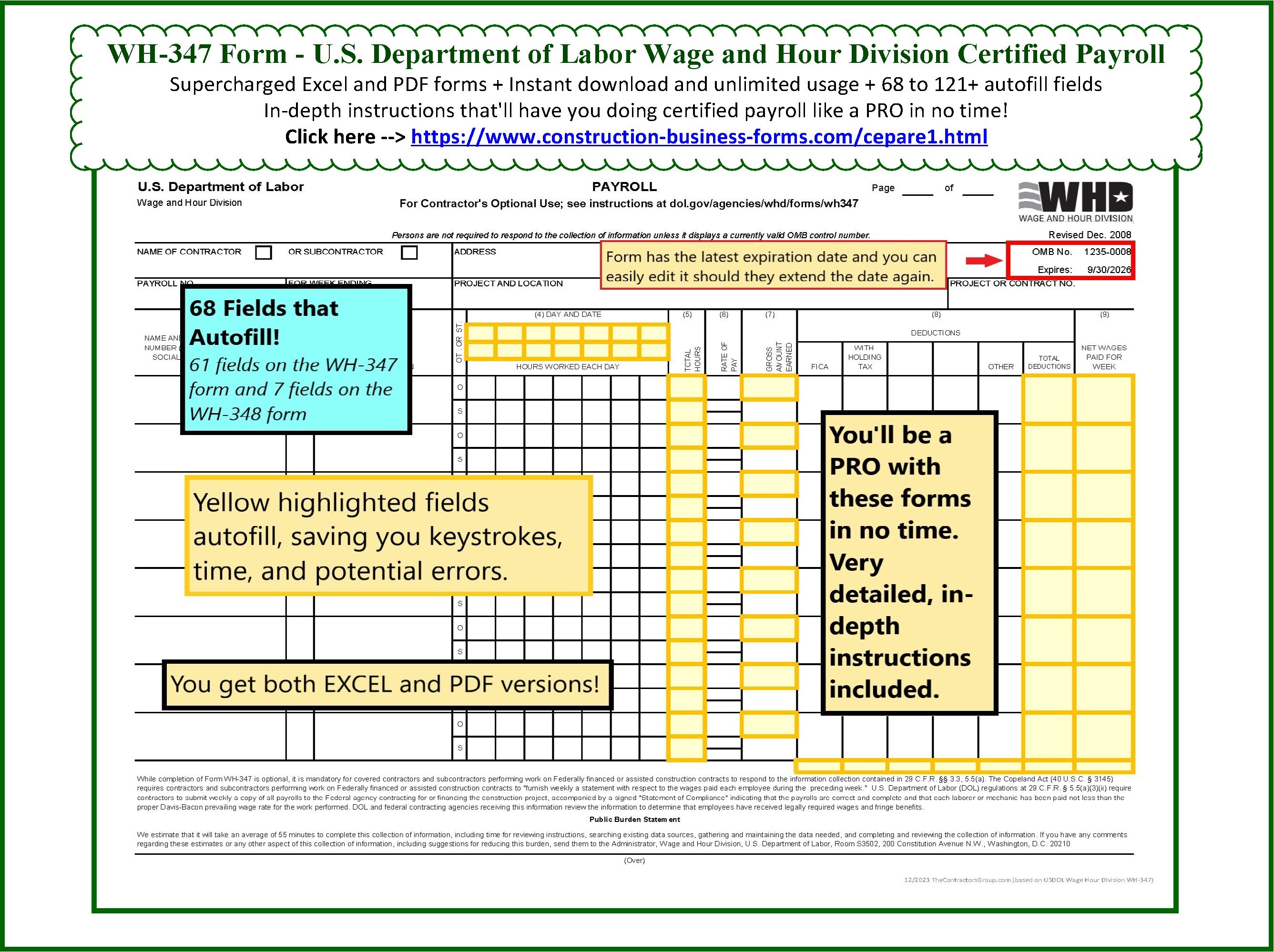
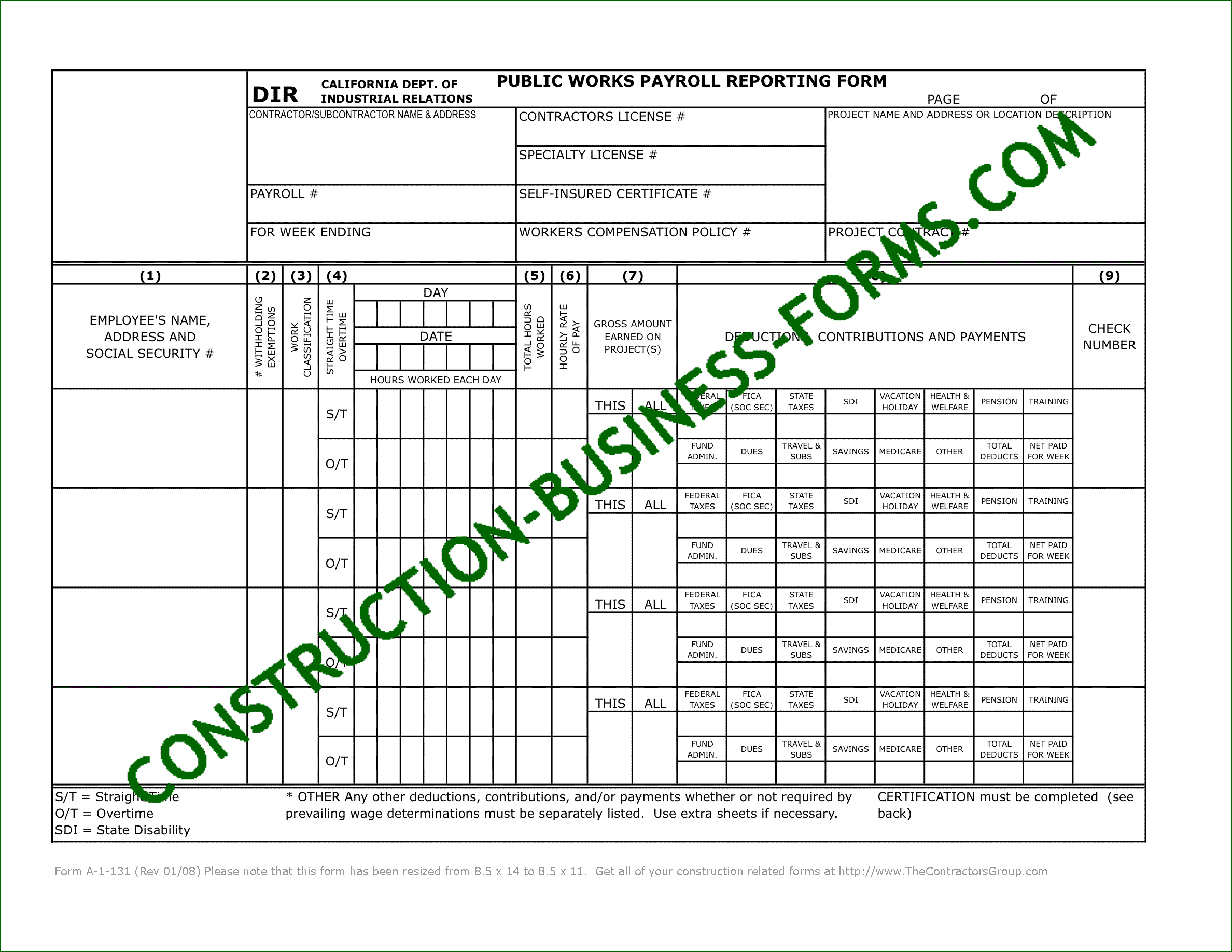
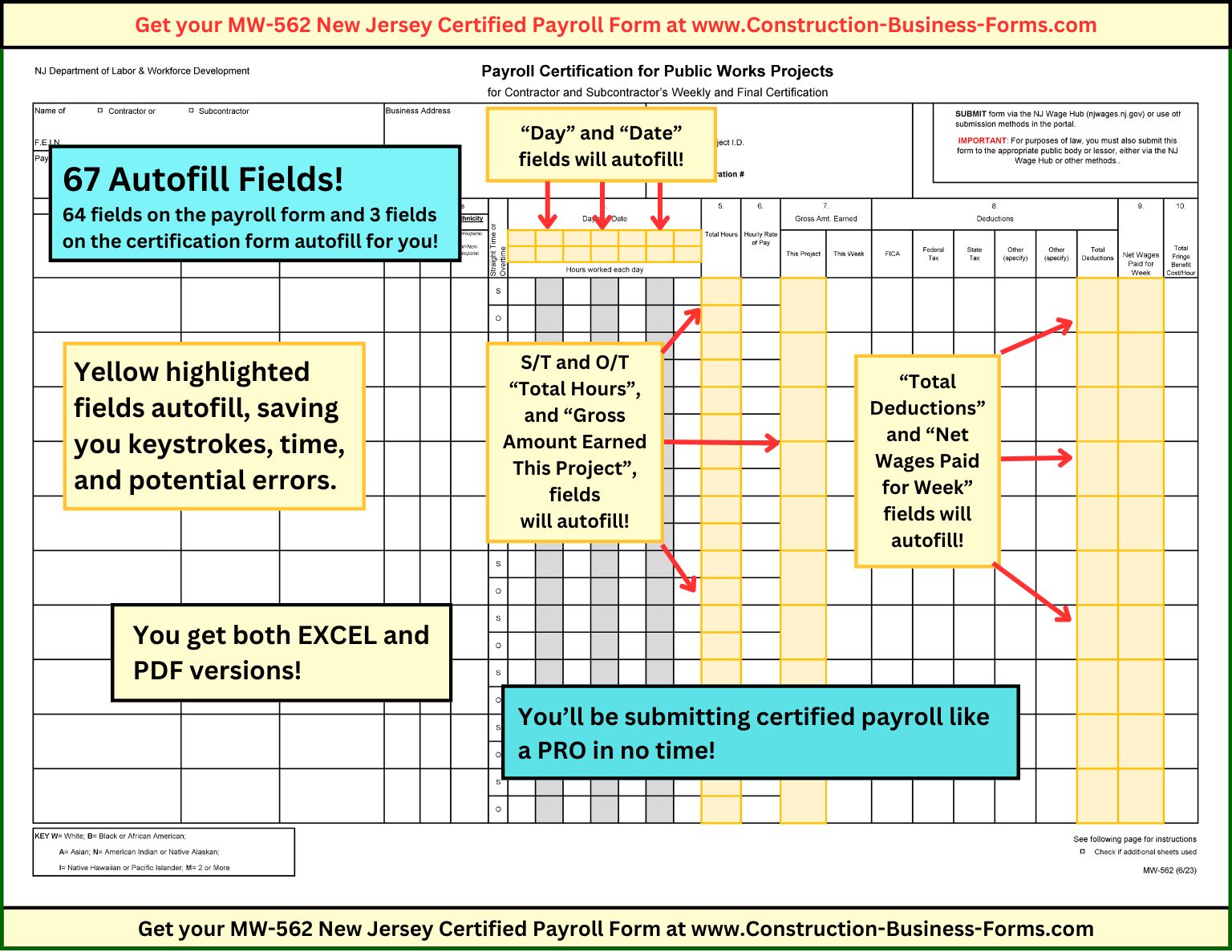
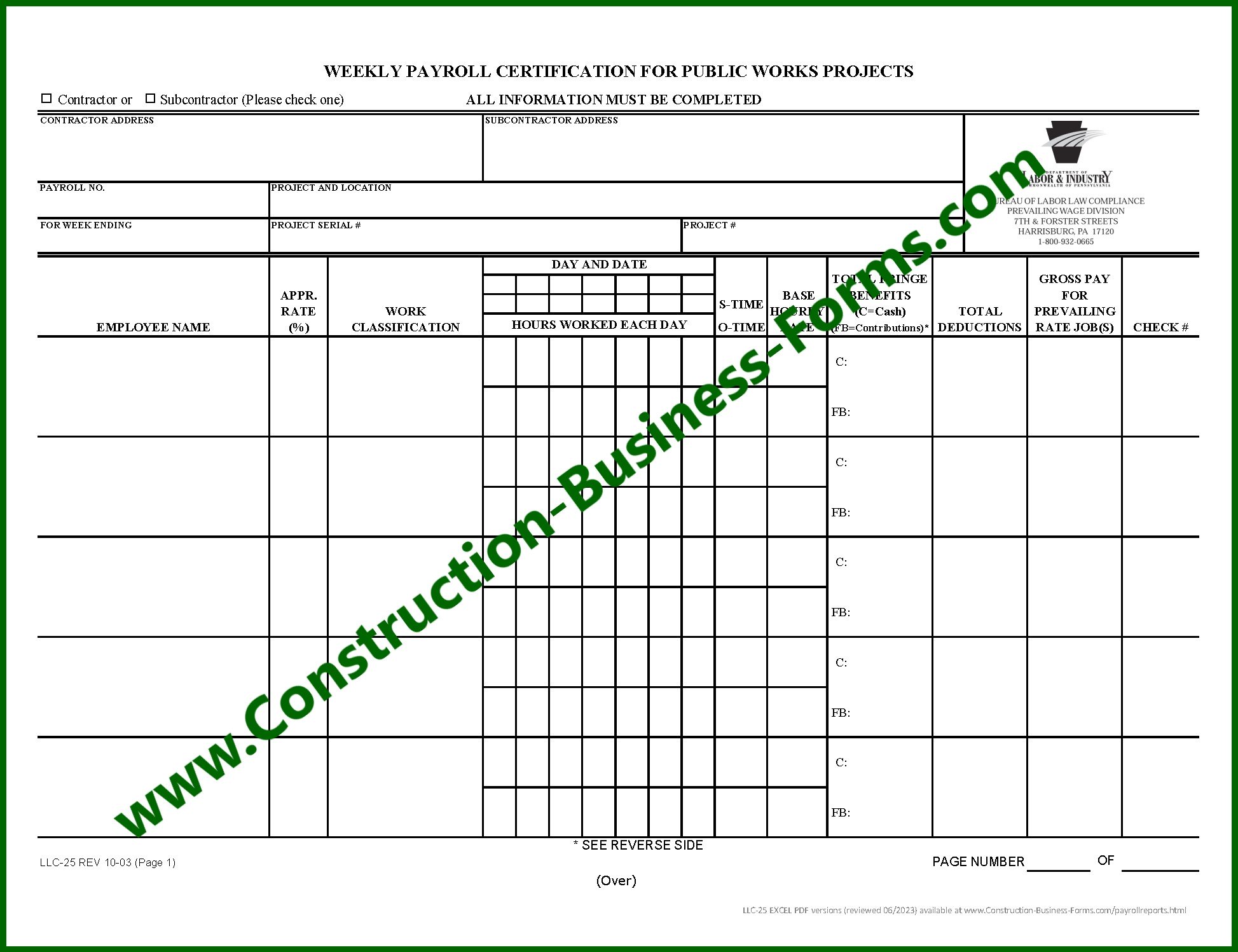
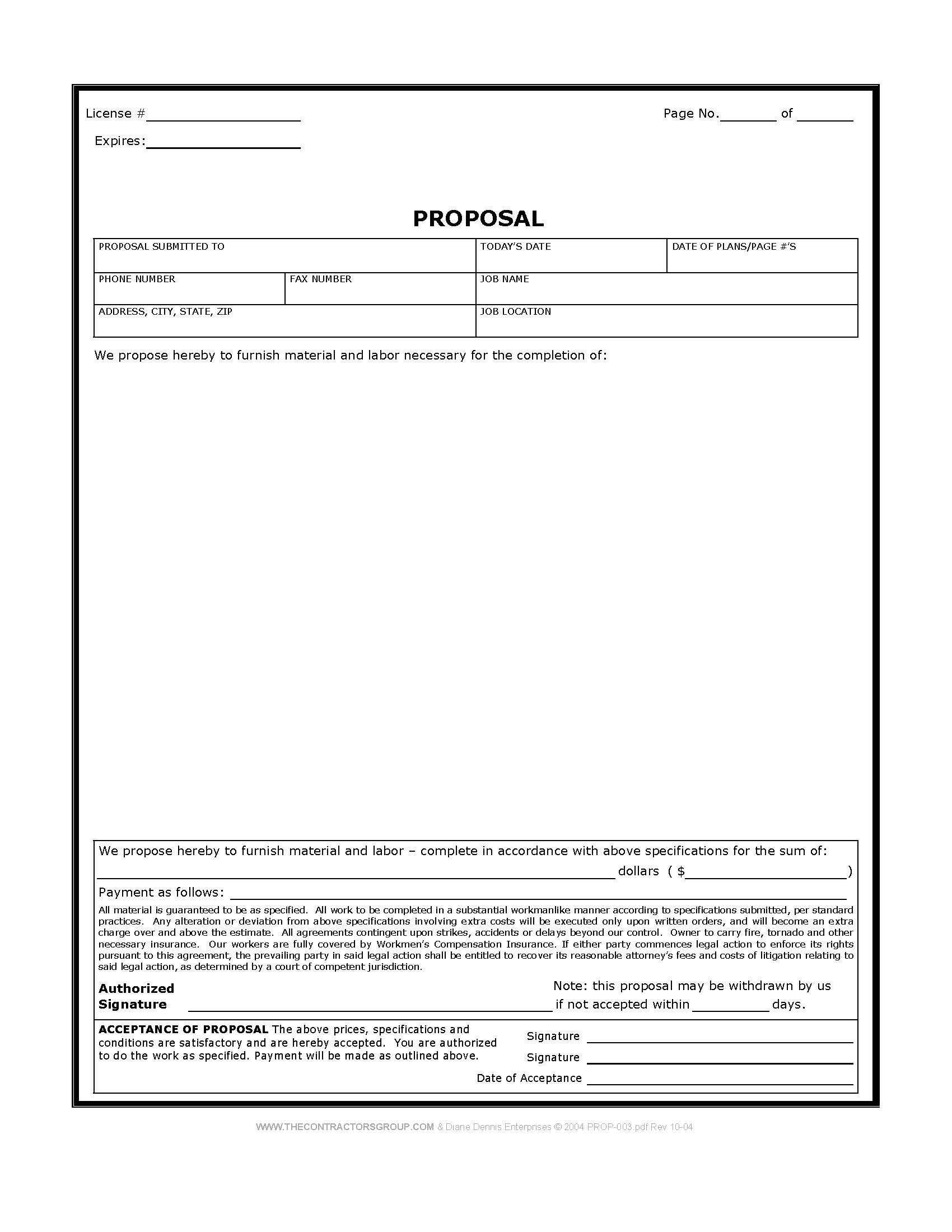
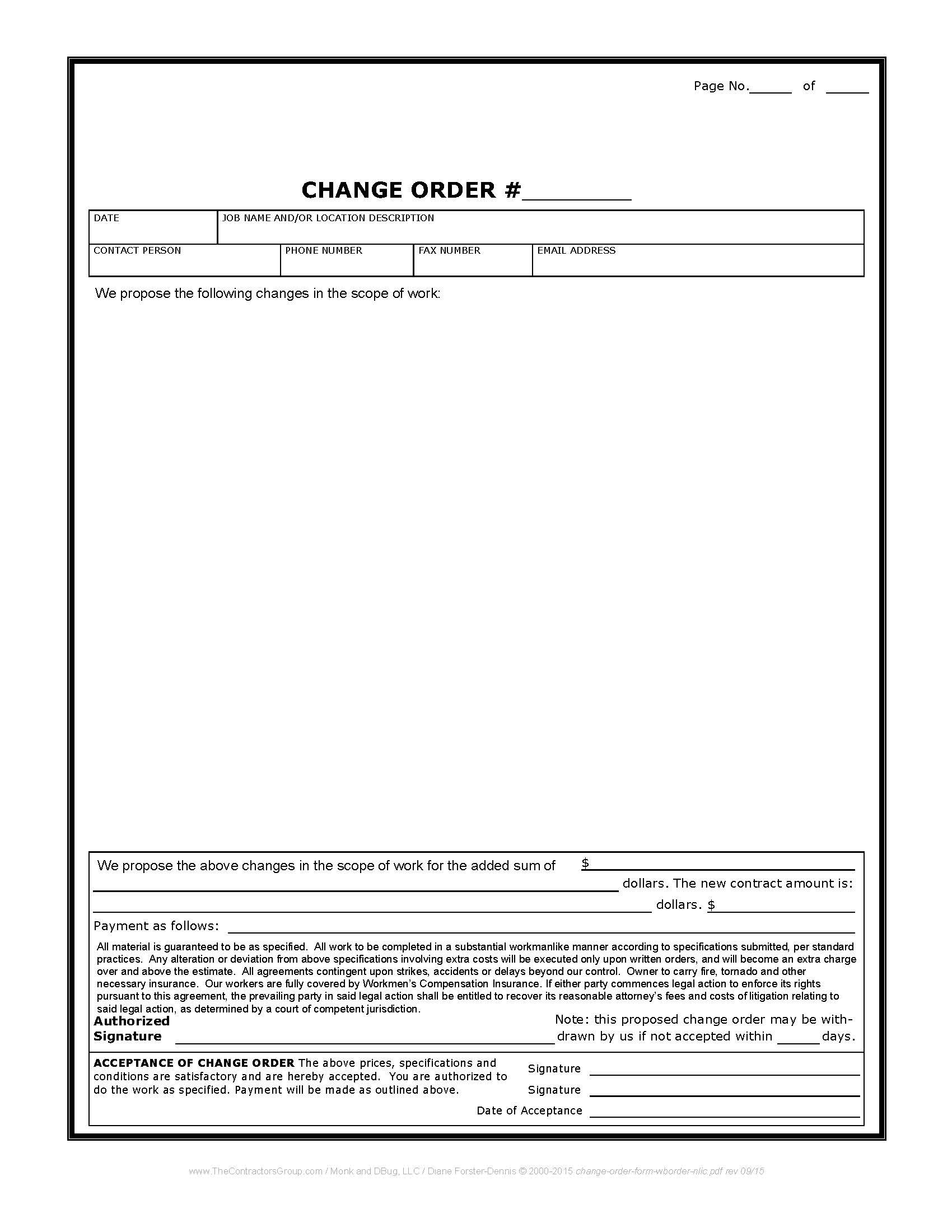
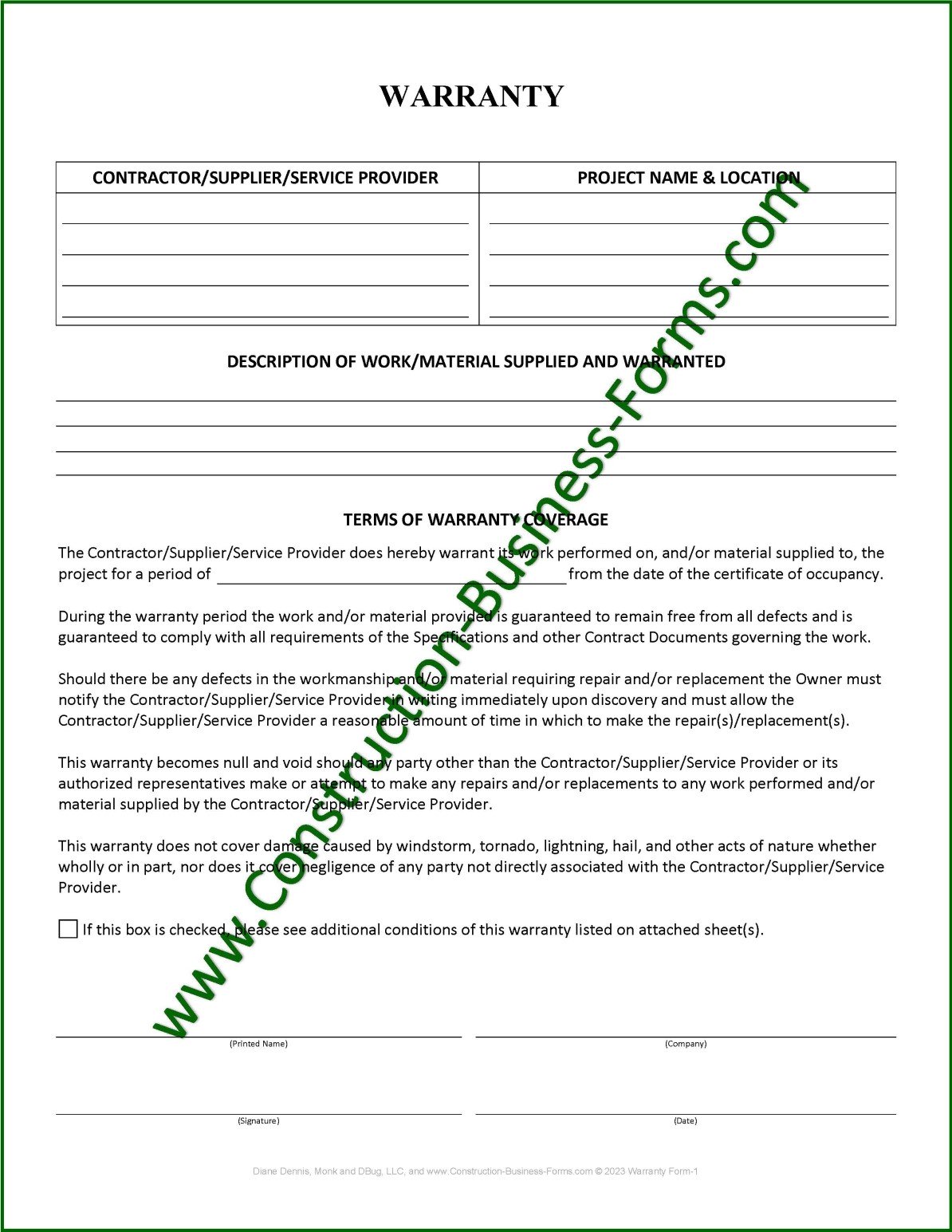
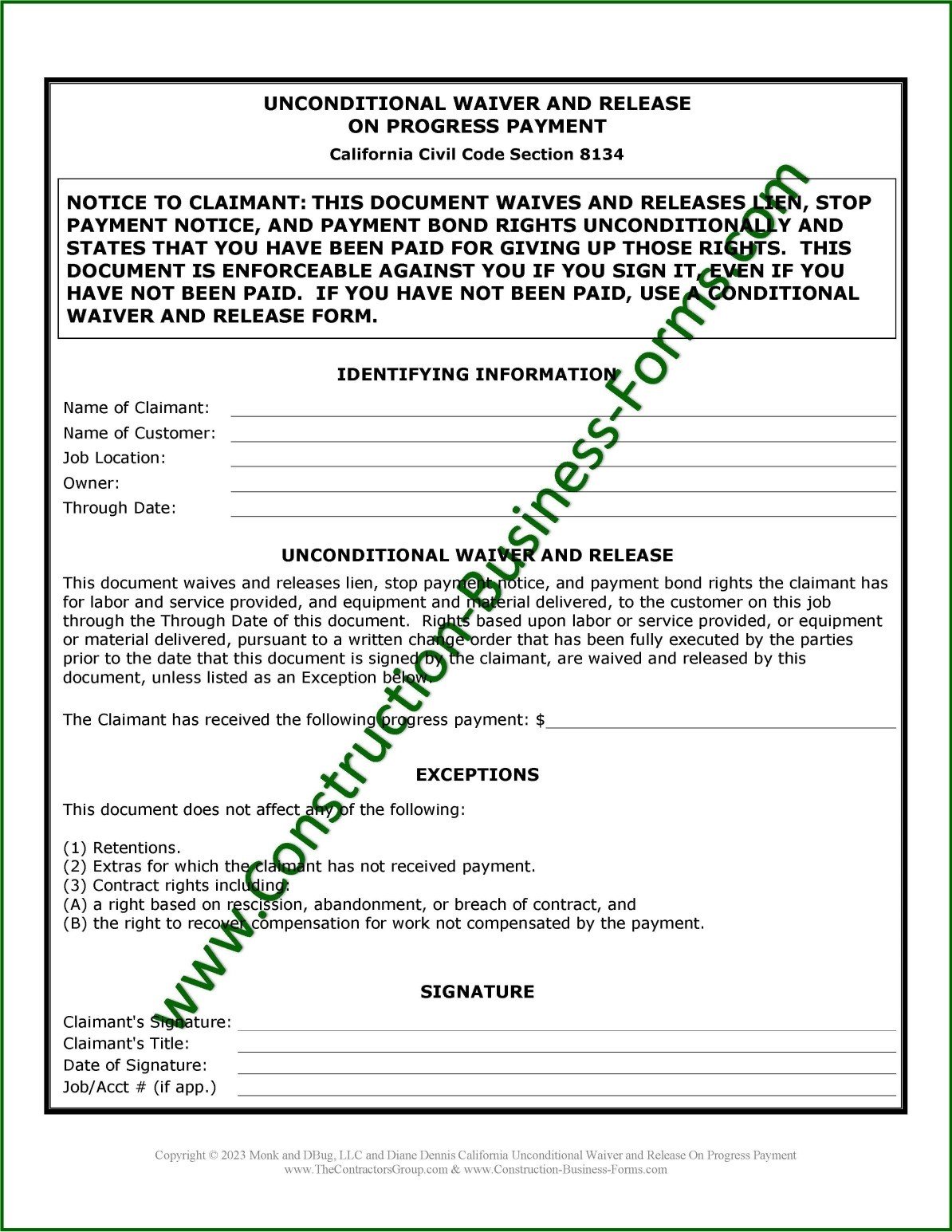
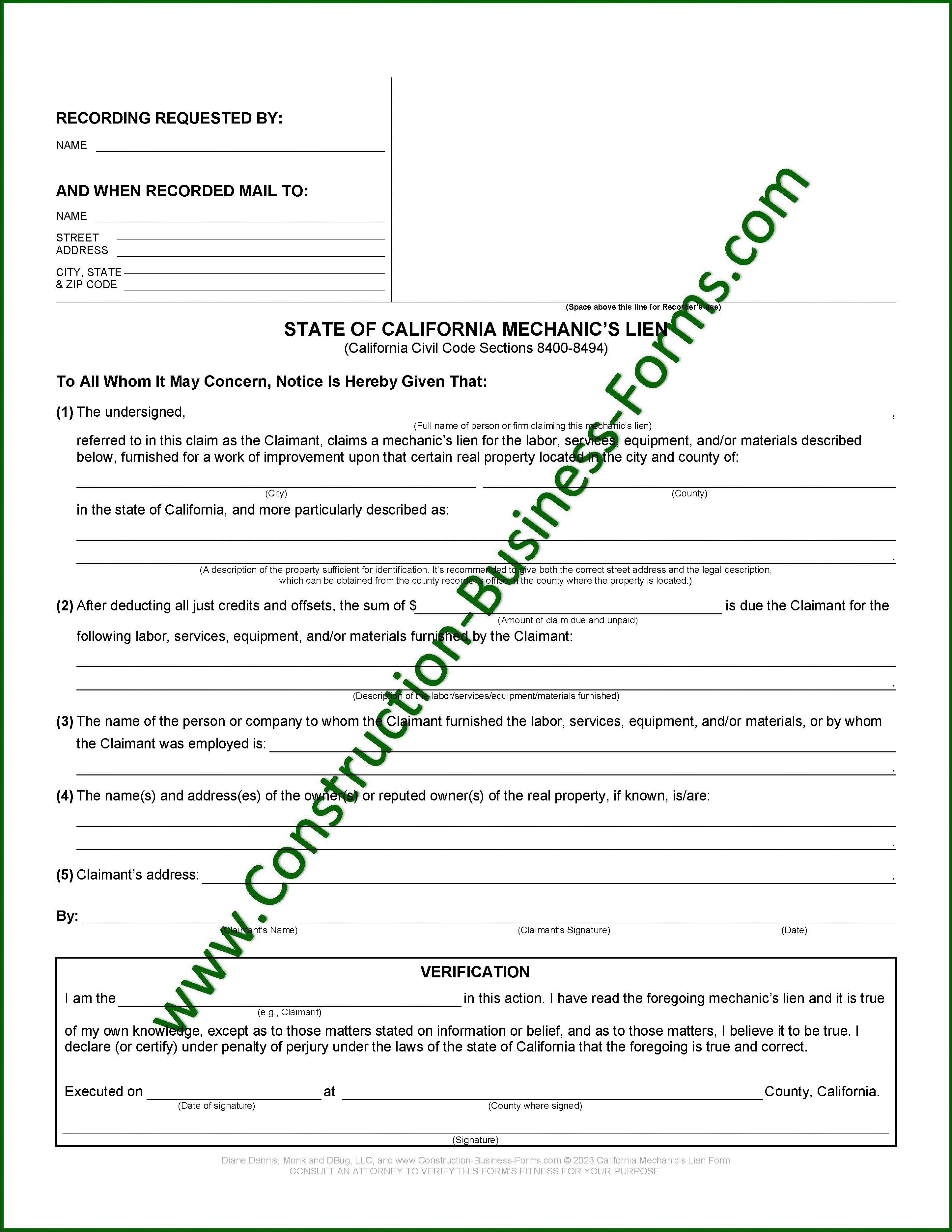
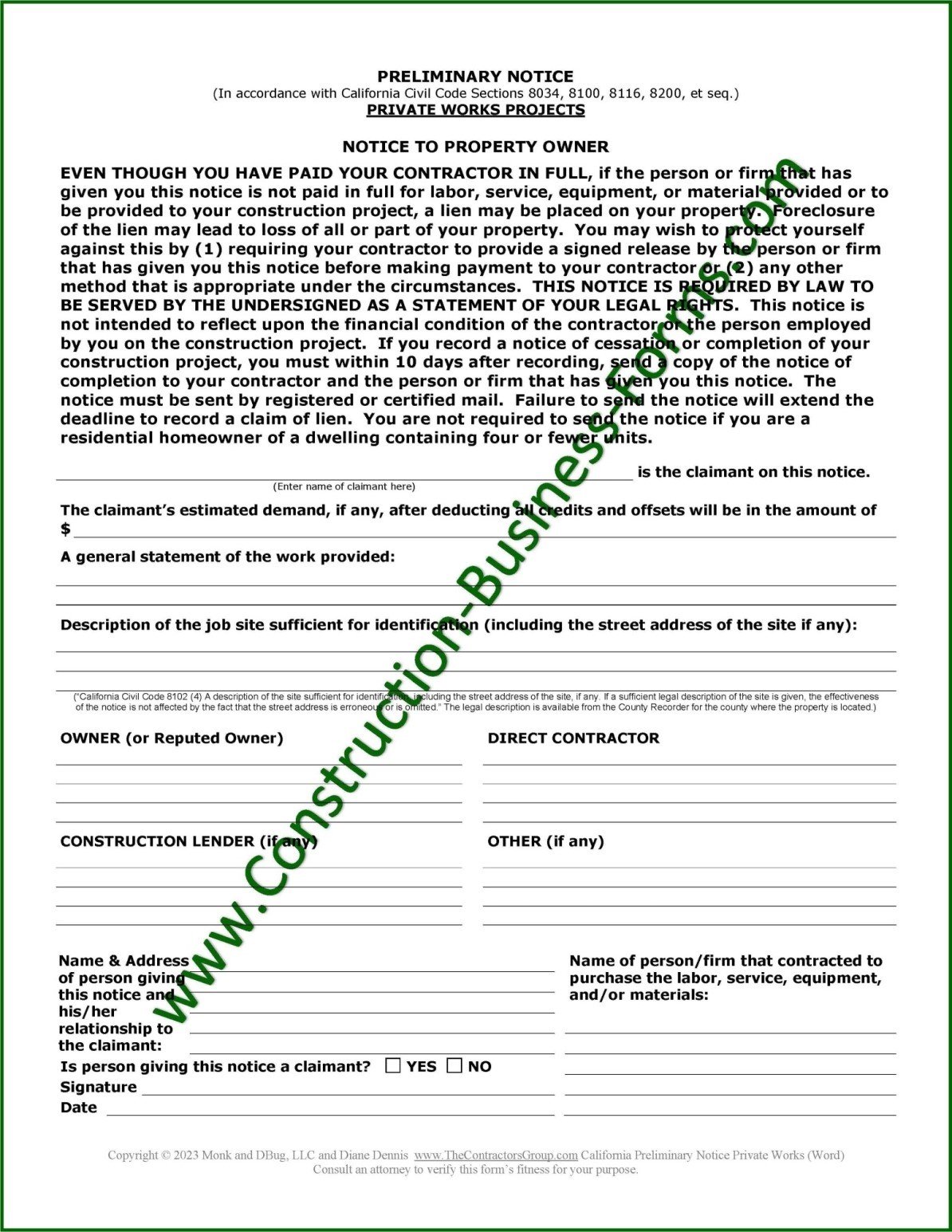
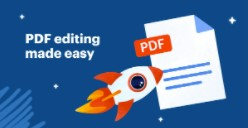

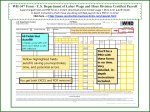
New! Comments
Please leave me your comments below. Facebook doesn't notify me of comments but I'm tickled when I come across them and I always respond when I see them.